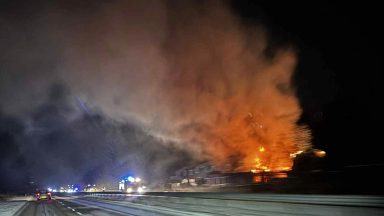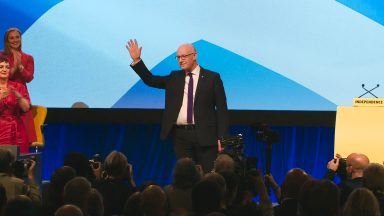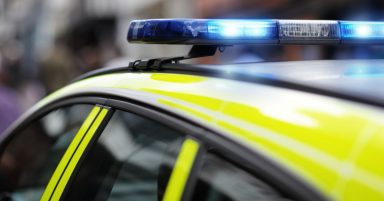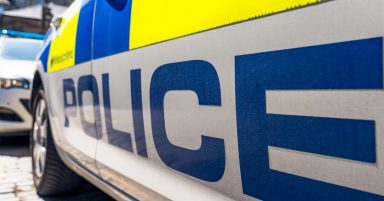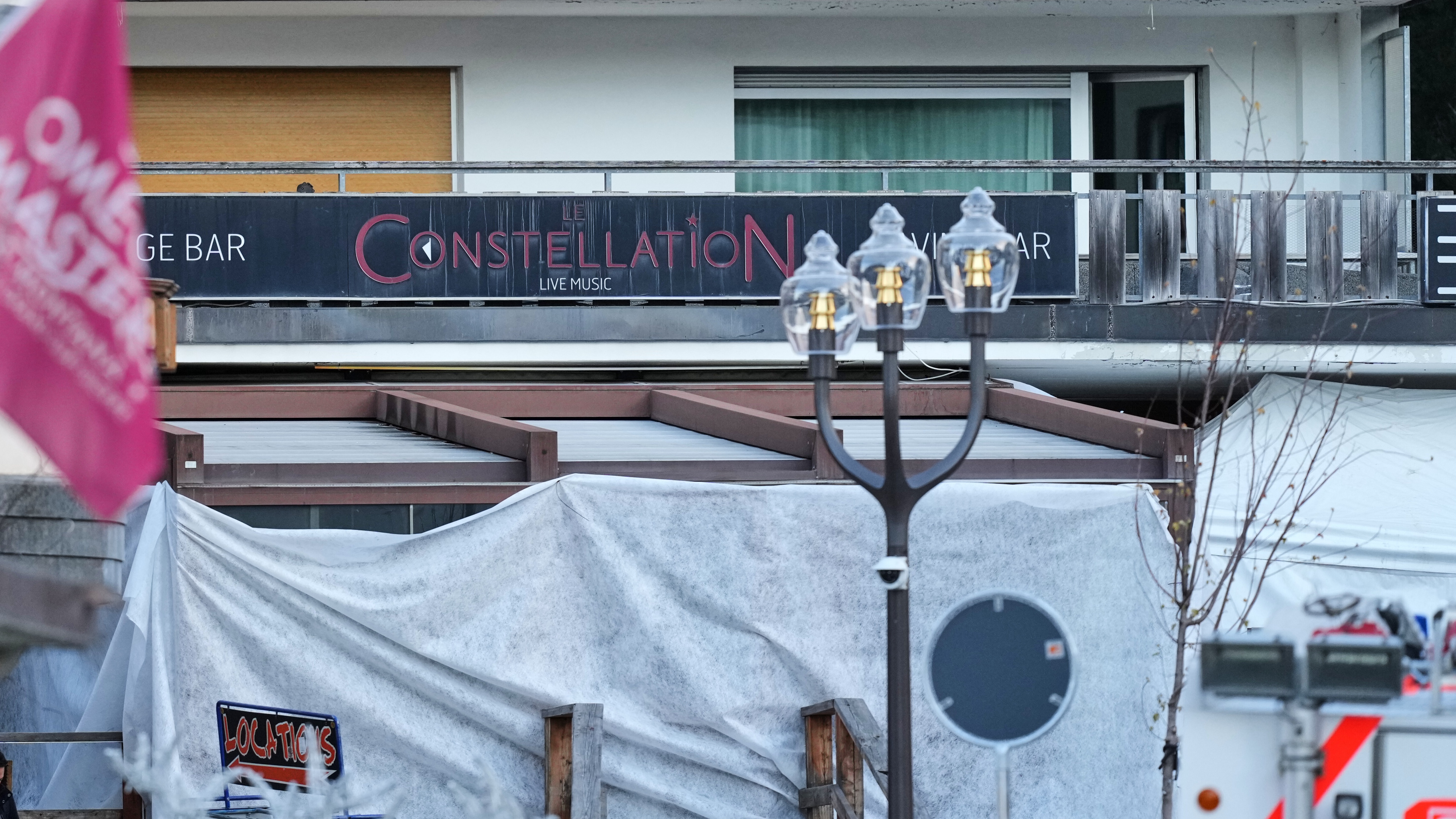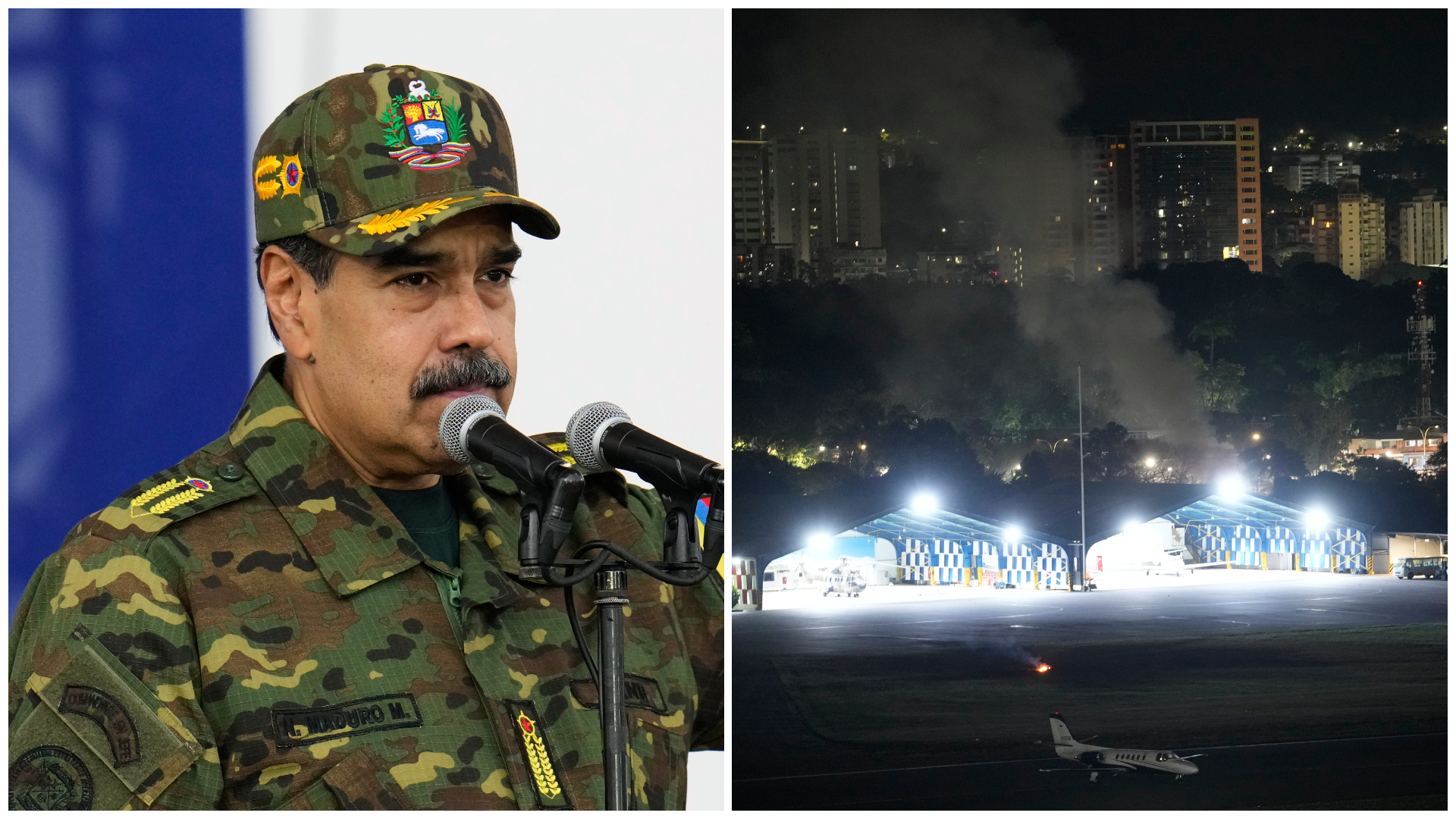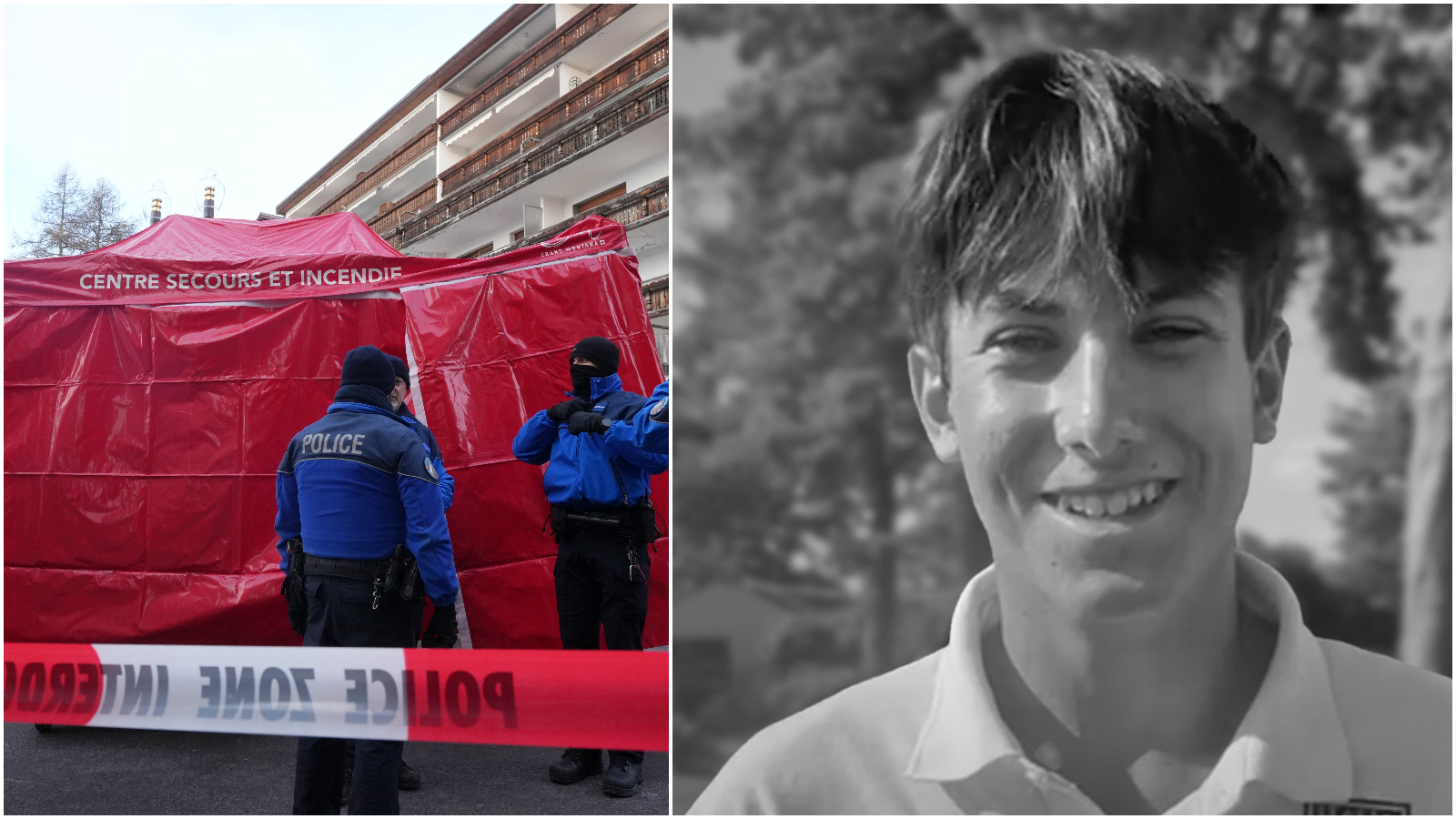A speeding driver who mowed down a man while on a phone call has been jailed for 16 months.
John Paul Smith, 42, was behind the wheel of his Mercedes C220 when he hit Christopher Devine as he tried to cross the A82 at Great Western Road near Duntocher, West Dunbartonshire.
The 34-year-old suffered fatal injuries following the collision on November 23, 2020.
Smith – a former accounts manager – was found to have more than ten times the prescribed limit of a drug called Benzoylecgonine – a “metabolite from cocaine usage” – following a blood test.
He returned to the High Court in Glasgow having earlier pled guilty to a charge of causing death by careless driving.
His lawyer had asked for an alternative to prison to be imposed.
But, jailing him, Lord Mulholland told Smith he had been driving “much to fast” for the road conditions.
The judge: “At the point of the collision you were speeding at 71mph considerably in excess of the limit of 50mph.
“You were conducting a hands-free mobile telephone call, which is not in itself an offence, but is relevant to your reduced attention.
“All this meant that you drove without maintaining a proper lookout in an area frequented by pedestrians.
“You did not react in good time to (Mr Devine) and to the risk posed when crossing.”
Smith – who had previous convictions for careless driving and speeding – was also banned from the road for six years and eight months.
Mr Devine had been walking from a friend’s house towards the A82 at around 5pm that dark, wet evening.
He initially crossed two lanes and narrowly avoided being hit by one vehicle.
As he then attempted to continue crossing, he was struck by Smith.
Prosecutor Gavin Anderson KC said: “At the time, Smith was engaged in a ‘hands-free’ Bluetooth telephone call with an insurance company.”
The court heard Smith’s passenger had spotted Mr Devine trying to cross and attempted to alert the driver, but was unable to do in time.
Members of the public – including an off duty police officer – stopped to help Mr Devine.
But, Mr Anderson said the victim, of Clydebank, West Dunbartonshire, suffered a fatal head injury.
Smith, of Dumbarton, West Dunbartonshire, was quizzed at the scene on what had happened.
He said: “Please tell me you seen that? He seen me coming and waited (to the) last minute to jump.
“If I seen he was trying to cross the road, I would have slowed down.”
After Smith was later tested, forensic examination went on to reveal 507mg of the cocaine metabolite Benzoylecgonine per litre of blood.
The indictment stated the prescribed limit is 50mg.
Mr Anderson said: “The lack of any signs of impairment would be consistent with toxicology findings.
“Benzoylecgonine is an inert by-product of cocaine use and would not have had an effect on Smith’s demeanour.”
However, police collision investigators concluded Smith had been travelling above the speed limit for the area.
It was said Smith also had a five second window to react to Mr Devine although this could have been impacted by the rain or glaring lights.
Brian McConnachie KC, defending, said the case was “unusual” in that it was an “offence of being over the limit” of a prescribed drug despite “the fact it effectively played no part” in what happened.
The advocate said Smith had been under “pressure and anxiety” at the time trying to secure a visa for his Philippines-born wife to move to Scotland.
This was “a factor” in him going out with others who used cocaine.
Mr McConnachie said: “It is abundantly clear that he has genuine insight to the consequences of his conduct.”
Follow STV News on WhatsApp
Scan the QR code on your mobile device for all the latest news from around the country


 iStock
iStock

